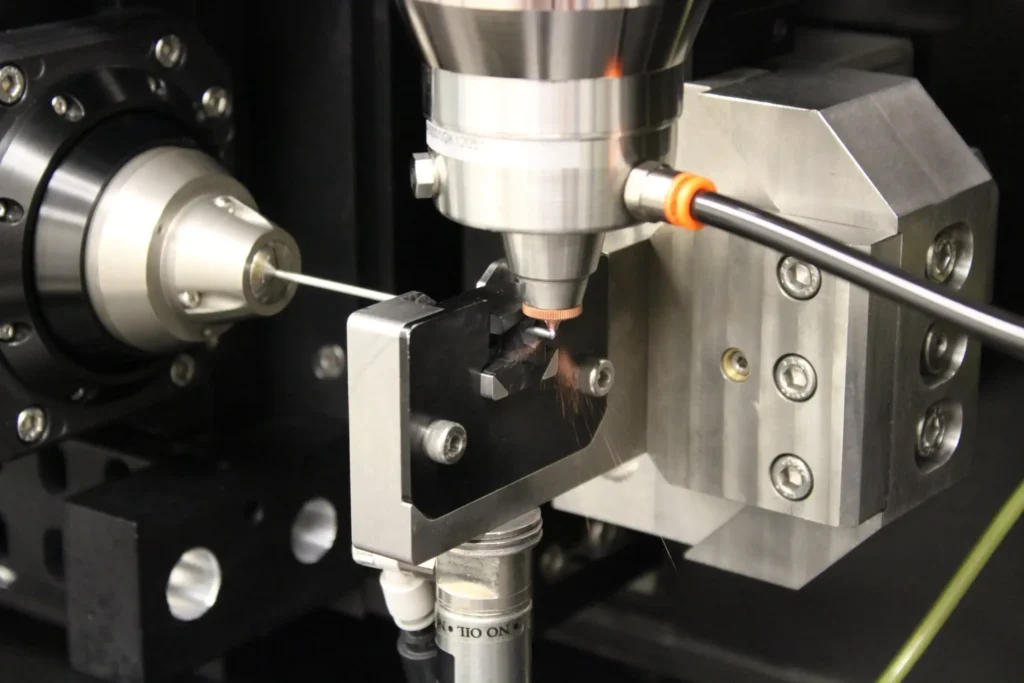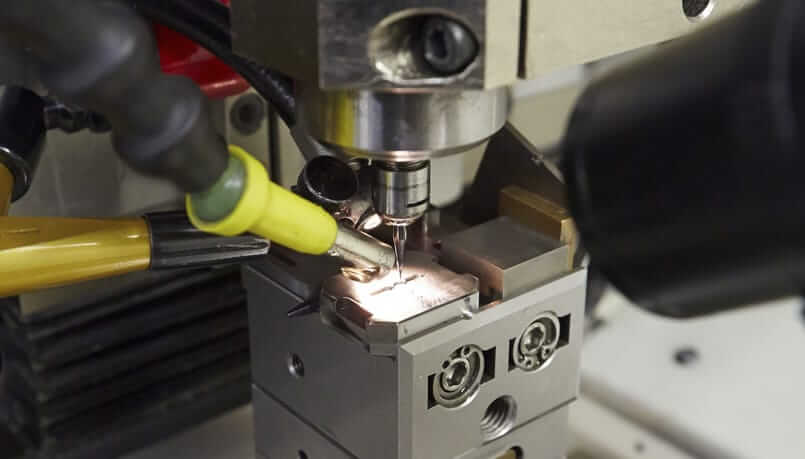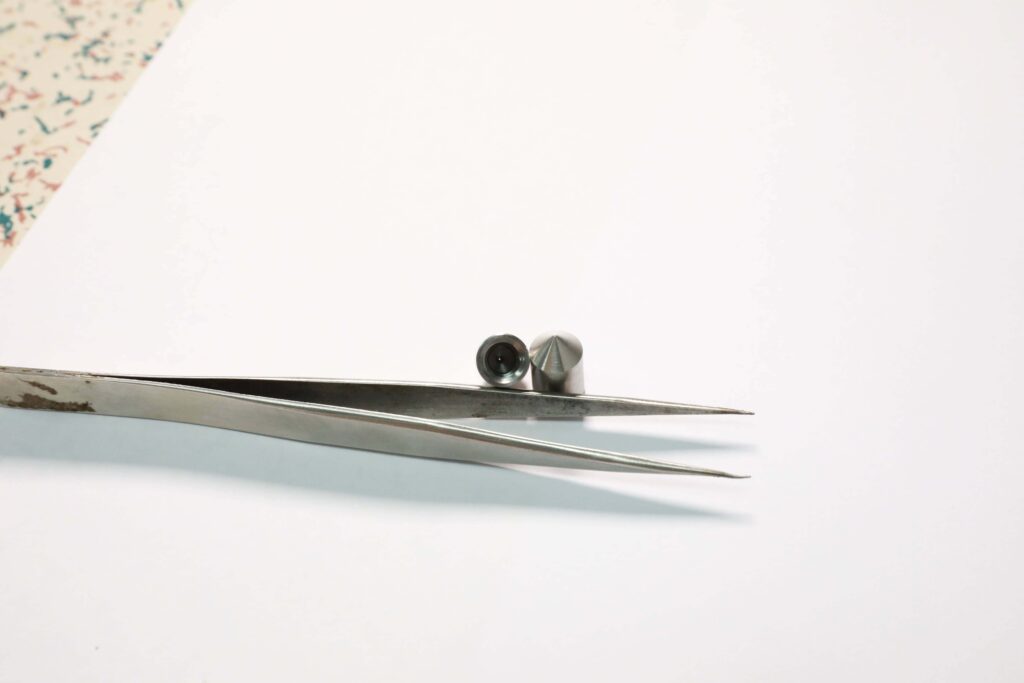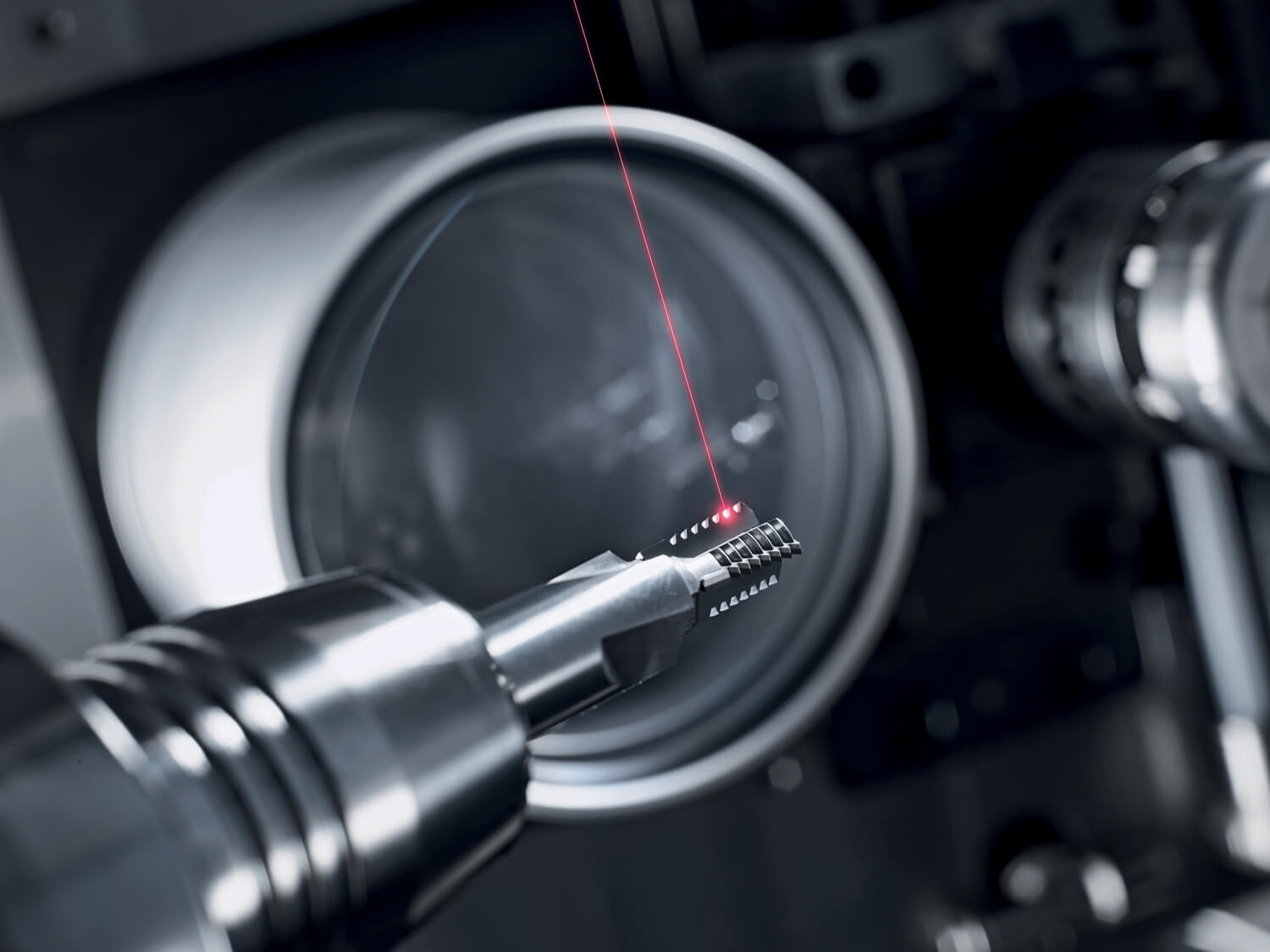Introduction to micro machining
Micromachining is a cutting-edge technology that has revolutionized various industries by making it possible to produce complex precision parts at a microscopic scale. This article aims to introduce micromachining, including its definition, types, and applications.
1.Definition of Micromachining
Micromachining can be defined as the process of manufacturing tiny components ranging in size from a few microns to a few millimeters. It involves the use of advanced machining techniques and tools to achieve high precision and accuracy. In recent years, the field of micromachining has attracted much attention due to its ability to manufacture micro devices with enhanced functionality.

2.Types of Micromachining
There are many types of micromachining techniques, each with its own unique advantages and applications.
1) Micromilling
One of the most commonly used techniques is micromilling, which involves the use of micro-cutting tools to remove material from a workpiece. Micromilling is ideal for creating complex shapes and features on small parts, such as gears, microfluidic channels, and medical implants.
2) Microturning
Another popular technique is microturning, which utilizes a micro lathe to rotate the workpiece while a cutting tool shapes it into the desired shape. Microturning is often used to produce small cylindrical parts such as screws, bolts, and pins. This technique is highly efficient and can achieve an excellent surface finish.
3) Microdrilling
Microdrilling is another important micromachining technique that involves creating small holes with diameters as small as a few microns. This technique is widely used in the electronics industry to create microholes and through-holes in printed circuit boards. Microdrilling is also essential in the manufacture of medical devices such as catheters and stents.
4) Others
In addition to the above techniques, there are many micromachining methods such as microelectrochemical machining (ECM), microelectrodischarge machining (EDM), and laser micromachining. And each technique has its own unique advantages and applications, making micromachining a versatile technology that can be customized to specific manufacturing needs.

3.Applications of Micromachining
The applications of micromachining are very wide and varied.
1) Electronics Industry
Micro machining is used to manufacture microelectromechanical systems (MEMS), which are tiny devices that combine electrical and mechanical components. MEMS devices can be used in a variety of applications such as smartphones, sensors, and medical implants.
2) Medical Field
It is able to produce micro surgical instruments such as forceps and scalpels for minimally invasive surgery. Micro machining is also used to manufacture microfluidic devices for drug delivery, DNA analysis, and lab-on-a-chip applications.
3) Aerospace and Automotive Industries
It is used to manufacture small components for aircraft engines, such as turbine blades and fuel injectors. In the automotive industry, micro machining is used to produce precision parts for fuel injection systems, transmission components, and sensors.

In summary, micro machining is a cutting-edge technology that can produce tiny components with high precision and accuracy. It encompasses a variety of techniques, including micromilling, microturning, and microdrilling, each with its own unique advantages and applications.
Micro machining is widely used in industries such as electronics, medical, aerospace, and automotive. As technology continues to advance, micro machining is expected to play an increasingly important role in the manufacture of micro devices and components.
